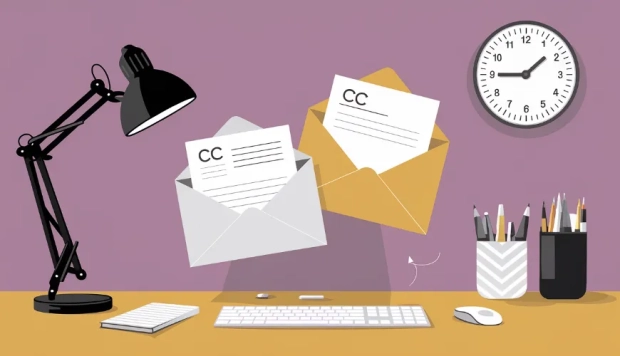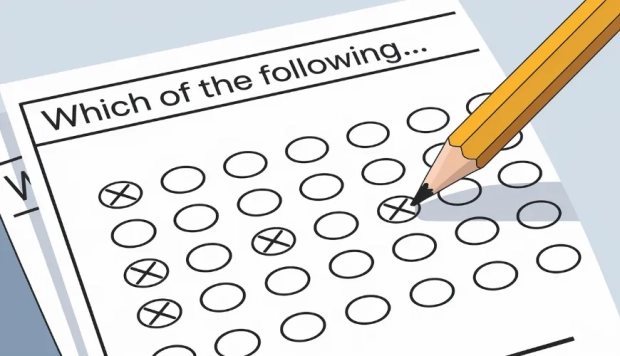Suppression List

What is Suppression List?
Email marketing is a key tool for reaching out to your audience, but it's not just about sending as many emails as you can. It's equally important to know who not to send emails to. This is where suppression lists come into play, a concept that might sound negative at first but is actually a boon for your marketing efforts.
A suppression list is essentially a list of email addresses that you exclude from your campaigns. Think of it as the opposite of your mailing list. Instead of gathering people to send emails to, you're compiling a list of people you're intentionally avoiding. This includes those who have unsubscribed, bounced emails repeatedly, or marked your emails as spam. By keeping these addresses off your send list, you're not only respecting their preferences but also safeguarding your sender reputation.
Why does sender's reputation matter?
Email service providers keep a close eye on how recipients interact with your emails. If you keep sending emails to people who don't want them, it's a red flag. This could lead to your emails being marked as spam, which hurts your ability to reach even those who are interested in what you have to say. Using a suppression list helps you maintain a healthy email deliverability rate, ensuring your messages land in the inbox, not the spam folder.
Let's put this into perspective with an example. Imagine you're running a promotional campaign for a summer sale. You send out your first batch of emails and some recipients unsubscribe. If you ignore this and send them more emails, you're not only annoying them but also hurting your campaign's effectiveness. By adding these addresses to your suppression list, you ensure they're excluded from future emails, keeping your engagement rates healthy and your audience happy.
The Ease of Managing Suppression Lists
Creating and managing a suppression list might seem like extra work, but most email marketing platforms make it easy. They automatically add unsubscribes and bounces to your suppression list and ensure they're excluded from future campaigns. This automation saves you time and helps you focus on crafting compelling content for those who are genuinely interested.
But suppression lists aren't just about who you can't email. They're also a tool for strategic targeting. For example, you might exclude previous purchasers from a new customer acquisition campaign, or segment your list to exclude those who haven't engaged with your emails in the last six months. This way, you're not just avoiding negative interactions; you're also fine-tuning your audience for better results.
Remember, the goal of email marketing is to build relationships, and part of that is knowing when to take a step back. Suppression lists help you do just that. They're a sign of a mature, respectful, and effective email marketing strategy. By using them wisely, you're not just avoiding spam filters; you're also ensuring your messages are welcomed by those who receive them.
In summary, suppression lists are a critical component of successful email marketing. They help you maintain a healthy sender reputation, improve email deliverability, and ensure your content reaches the right people. By respecting your audience's preferences and carefully managing who you send your emails to, you're setting the stage for more engaging, effective campaigns. So, embrace suppression lists as an essential part of your email marketing toolkit and watch your campaigns thrive.



